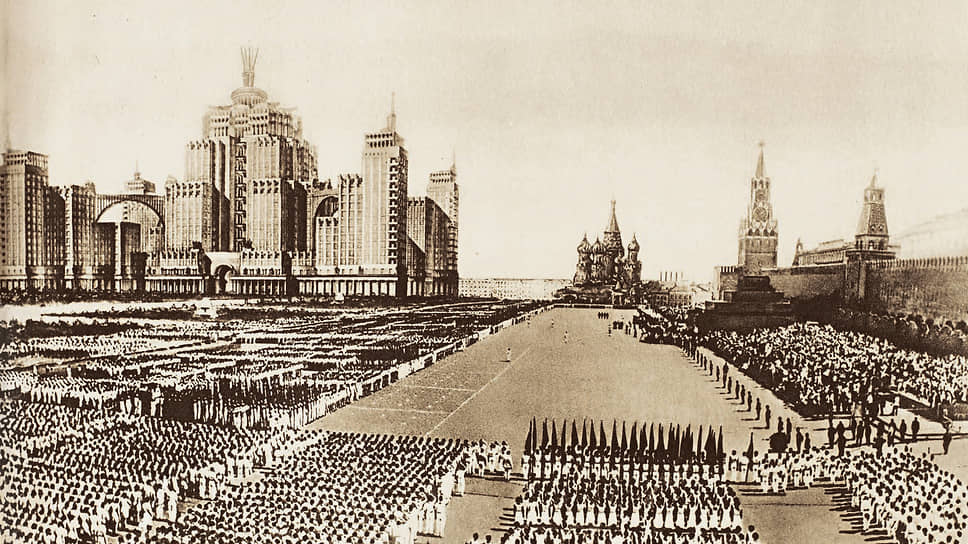Improvement will cover Moscow – Kommersant FM
[ad_1]
Almost 800 streets in Moscow will be improved this year. Sergei Sobyanin reported on the largest renovation work in the history of the city on his Telegram channel. According to the mayor, 785 streets in different areas will be cleaned up in the capital. The full list has not yet been provided, but it is already known that the project will include large city arteries – Komsomolsky and Nakhimovsky avenues, Academician Koroleva and Aviamotornaya streets, as well as the Yauza embankment.
As part of the improvement, the Moscow government promises to renew the roadway, develop approaches and entrances to residential areas, create new pedestrian crossings, stops, and green recreation areas. However, given the scale of the work, one cannot expect a positive effect from them, says urbanist Arkady Gershman:
“The problem with Moscow and many other Russian cities is that they were created when there was no difference between a road and a pedestrian street. In Moscow, it seems to me, they were the first in Russia to understand that this was a wrong approach and began a large campaign to reorganize urban space. Very often, along with the reconstruction of streets, new pedestrian crossings appear, parking is organized, dedicated lanes or entire bus hubs are created. On a city scale, this is rather good.
But, unfortunately, for the sake of simplification, the renovation of underground infrastructure is very often thrown out of projects. They make a new street, but it gets flooded, and because of this, after a few years, the amenities simply fall apart. For the same reason, they do not carry out storm drainage, do not update the sewerage system and water supply systems. And there is also the issue of residents’ participation in all these processes; very often people simply do not know that something like this will start on their street. This naturally causes great indignation.
Unfortunately, the mayor’s office does not consider residents its partners, that is, the maximum that they will ask in “Active Citizen” is what color you want the bench. Similar processes are not carried out this way in developed cities. Another question is the scale of the transformations; it is realistic to cover 10-20 streets in one year. There is no need to do more, because it will paralyze the city and the residents will simply hate you.”
The project is called “From Home to Home”; it involves transforming the area from a building on one side of the street to a building on the other side so that it is comfortable for pedestrians and motorists. But will Moscow traffic suffer from the work?
Director of the Center for Smart City Research at the Higher School of Economics, Konstantin Trofimenko, believes that the number of traffic jams can be minimized through the use of digital technologies: “By the standards of the total territory of Moscow, 800 streets is not that many. Of course, this will cause certain difficulties, even if the main work takes place in the summer, when Moscow is traditionally empty.
In any case, work will continue into September and October, which are typically the busiest two months in terms of traffic, even if the focus will be on pedestrian areas. If we talk about Komsomolsky and Nakhimovsky Avenues, then the southwest and west of Moscow have a grid layout, so there is room for traffic flows to be redistributed there.
The Yauza embankment for the east of the capital is actually the main artery for Lefortovo and Sokolinaya Gora. But improvement there has been long overdue, because it has much greater potential than just a transit road. As for Academician Korolev Street, in general, it serves for local connections in the northern direction. There, I think, everything will go more or less unnoticed.
A phased repair scheme has already been implemented, but it must be taken into account that, in addition to reconstruction, there is also ongoing work related to the replacement of communications, pipes, and cables. These are planned and sometimes emergency works, which also involve opening up the asphalt. That is, in any case, something can overlap each other.
Moscow is currently creating a digital twin of the city, and if all this data is loaded into it in time, it could become a tool that will allow us to coordinate and optimize the stages of repair work so that they cause minimal barriers to traffic.”
In total, as part of the “From Home to Home” program, it is planned to improve 3,700 streets by 2028.
Everything is clear with us – Telegram channel “Kommersant FM”.
[ad_2]
Source link









